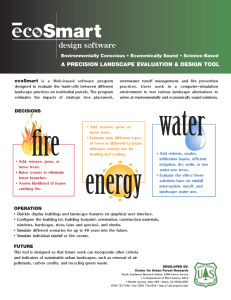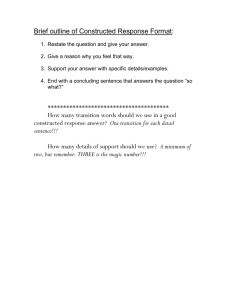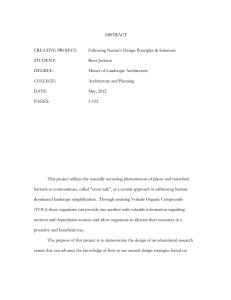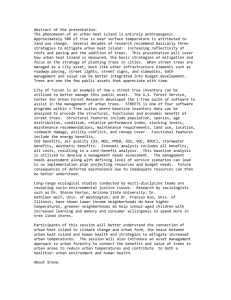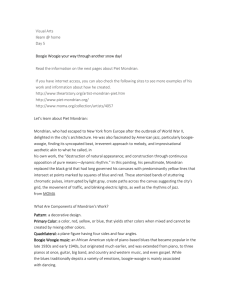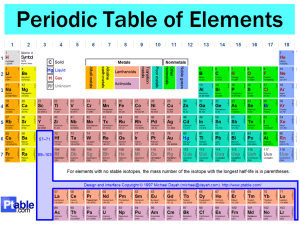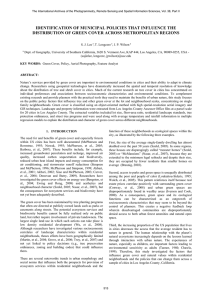The Great Big World
advertisement
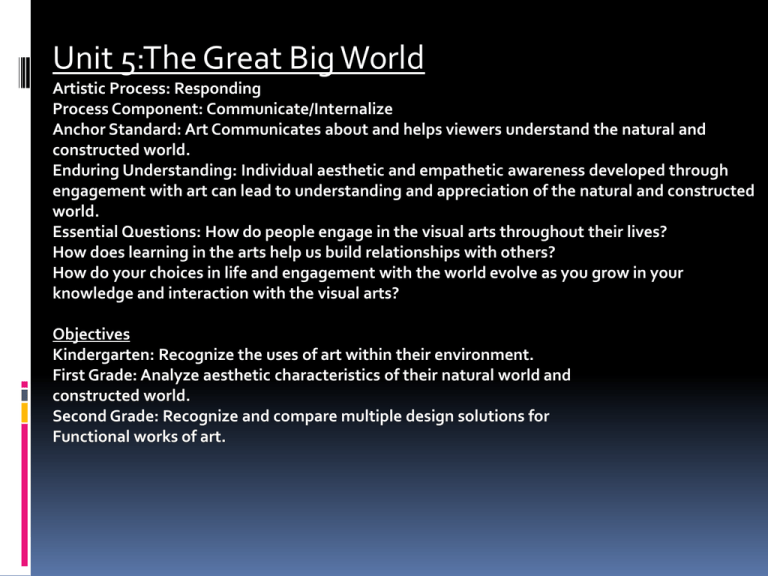
Unit 5:The Great Big World Artistic Process: Responding Process Component: Communicate/Internalize Anchor Standard: Art Communicates about and helps viewers understand the natural and constructed world. Enduring Understanding: Individual aesthetic and empathetic awareness developed through engagement with art can lead to understanding and appreciation of the natural and constructed world. Essential Questions: How do people engage in the visual arts throughout their lives? How does learning in the arts help us build relationships with others? How do your choices in life and engagement with the world evolve as you grow in your knowledge and interaction with the visual arts? Objectives Kindergarten: Recognize the uses of art within their environment. First Grade: Analyze aesthetic characteristics of their natural world and constructed world. Second Grade: Recognize and compare multiple design solutions for Functional works of art. There are seven continents in our world. How can artwork communicate our natural and constructed world? http://www.youtube.com/watch?v=Xy7e_KAUz7s Continent Songs Broadway Boogie Woogie, 1942-1943. Piet Mondrian What do you see that makes it look like a city? Does this place look slow or fast? How did the artist make it look slow or fast? Piet Mondrian 1872-1944 Compare the work of Mondrian with this artist, Emily Kam Kngwarray. How are these paintings similar? How are they different? Each shows a place, but are the places the same? SL.K.1; SL.K.3; SL.K.4 Earth’s Creation, 1994 Today you will begin to think about your favorite place for your landscape. A Landscape shows a picture of land. There are different types of subject matter in art: Portrait Landscape Still Life You will be drawing your favorite place that you have visited, imagined or even seen in a movie. The Hay Wain, 1821. John Constable John Constable 1776-1837 -painted what he saw in nature. -really understood space, color and mass. Paul Cezanne, 1839-1906 Stabe vor dem Gebirge Sainte-Victoire, 1898-1902 Paul Cezanne. Ando Hiroshige 1797-1858 53 Stations of the Tokaido Road, 1855. -began drawing at the age of 15, but really loved art from infancy. -wood cut prints Find the people or structures/buildings in these three works of art. 1.How does the size of the person compare to the landscape? 2. How does the person’s size compare to the building? 3. If you could write a new title for these works of art, then what would you name them? W.K.1; W.K.2 How can you break up the element of space to show your favorite place landscape? You must have a horizon line. Background Middle ground _________________________________._______________________________________ Horizon Line Foreground J.H. Pierneef 1886-1957 -stylized trees -idealized trees -shows tranqulity Trees in the Woodlands Landscape, J.H. Pierneef. South Africa (Date unknown) Albert Bierstadt 1830-1902 • Born in Solingen, Germany • Moved to America when he was 2. • Lived in New Bedford, Massachusetts • Known for GRAND landscapes of the open west with lots of light! Valley of the Yosemite, 1864. Albert Bierstadt Guo Xi 1020-1090 -his work promotes harmony -used ink instead of paint -known for the way he painted trees Clearing Autumn Skies Over Mountains and Valleys , 1072 Early Spring, 1072, Guo Xi
